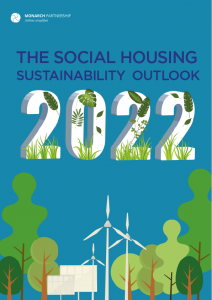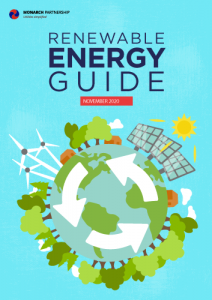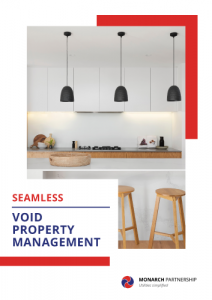England’s water market reform and what it really means
In April 2017 the water market in England is going to open to full retail competition for non-household (NHH) properties. This is the first step in widening competition in the water sector to allow customers freedom of choice. The government hopes that allowing greater exposure to competitive forces in the highly-regulated water market will drive increased efficiencies by companies and benefits such as lower costs for consumers.
This is, however, a relatively modest step and will not be on a par with the full competition available in the energy sector; at least, not for the time being. Only businesses, charities and public sector organisations will be able to choose their provider for now, and that will only be for “retail” services, such as billing.
In this edition
- Background
- What’s changing?
- The Welsh situation
- Progress in Scotland
- What does it really mean?
- Household competition
- Looking forwards
Download the Monarch Water Market guide for further information.
Background
Currently, the water industry in England and Wales is heavily controlled by the regulator Ofwat. 10 regional water and sewerage companies (WASCs) perform all sewerage activities in their supply areas, and provide water supply for a large majority of the population in these areas. However, there are also 12 water-only companies (WOCs) that each occupy sub-areas within the regions of the WASCs. These provide all water services to the customers in their catchment areas, but rely on the local WASCs to provide sewerage activities (see image below).
Activities by water companies are classified as either wholesale or retail. The wholesale side can best be thought of as “hard” aspects of the industry, encompassing the whole physical delivery chain. This includes abstraction (the offtake of water from sources such as reservoirs and rivers), treatment of that water to make it drinkable, the pumping of water to premises, the removal of wastewater from premises, and its treatment to allow it to be safely returned to the natural environment.
Retail activities are the “soft”, customer-facing components that support the delivery of water and wastewater services. The most prominent of these is the billing process (including meter readings, payments and debt), but there is also customer enquiry services, water efficiency advice, and help with dealing with leaks in the customer’s piping.















